- Aphids on indoor plants
- Species of aphids
- Pest Control Chemicals
- Home Remedies for Aphids
How to get rid of aphids on home flowers, all lovers of decorative home plants must know. The insect is one of the most common pests. Penetrates into the house with the ground, through open windows, with shoes. You can get rid of small pests at home with the help of folk recipes, professional tools.
Aphids
In nature, there are about 4000 aphid species. All of them live in colonies, breed at great speed, affect a certain type of plant, or all in a row. The body size of an indoor insect is from 1 mm to 5 mm.
Aphids on indoor plants are common. The presence of parasites can be determined by the appearance of the flower. Leaves twist, spots appear, buds fall off, do not develop, young shoots dry out, the plant deforms, stops growing.
On a note!
Noticing pests is very simple. It is necessary to turn the leaf over, inspect the stem. Aphid looks like small specks accumulated in one part. If you look closely, you will notice that they are moving.
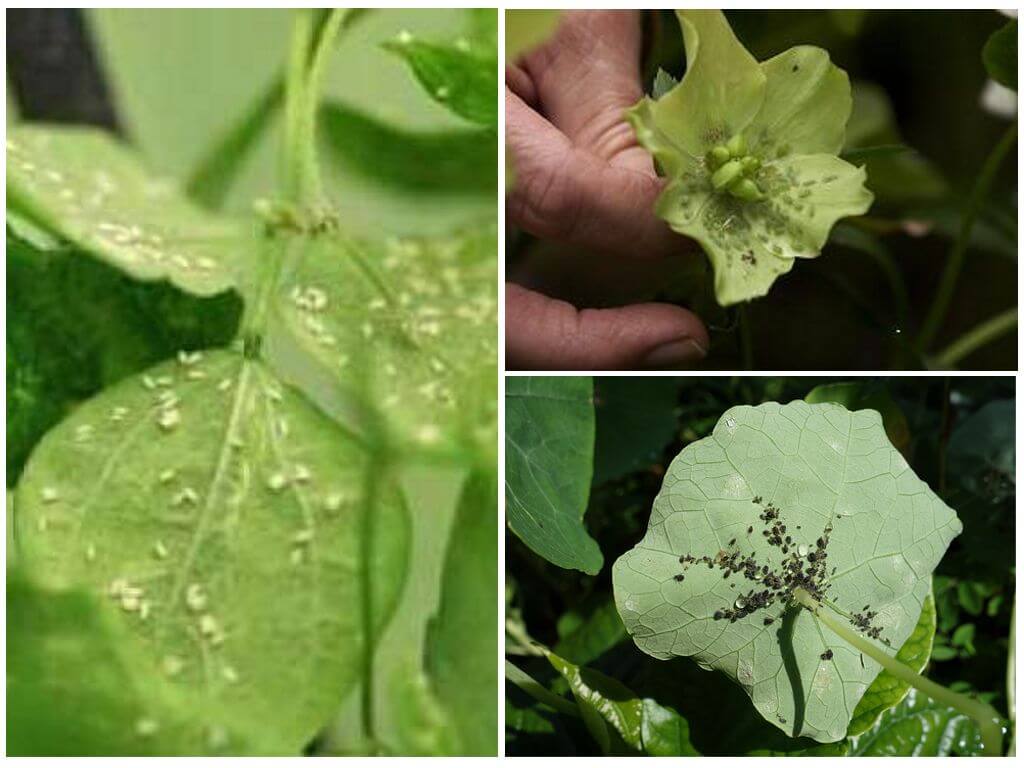
Species of aphids on flowers
There is no significant difference in the degree of parasitism between different species. All of them feed on plant juices, lay eggs on the back of the leaf. After the birth of the larva, they immediately begin to wreck.
Females lay eggs without fertilization. Throughout the warm season, females are born. The family lives on one plant or moves to neighboring ones. In late summer, winged individuals are born - females and males. This migratory aphid generation is able to move to any plants, justify huge colonies in a short time.
Important!
For several weeks of her life, the female lays about 150 eggs. Each time 40 pieces. Larvae develop in an egg at room conditions for 10 days. They are introduced into a sheet plate, violate its integrity, and draw out important substances. For a month, a plant without emergency measures risks dying.
Clearly different species of aphids differ from each other in body color. Several pests appear on indoor flowers:
- White aphid. Migratory individuals with wings. Dicotyledonous plants are affected, legumes are most susceptible to attack. The pest overwinters on pistachio trees.
- Green Apple aphid, affecting pears, plums, quinces. Winters near the kidneys under the bark.
- Black aphid. Garden aphid spanning several species. The body is brown, blue, black. It affects any garden, garden crops, decorative flowers.
- Yellow. It affects conifers, lives on their branches constantly. For a season 10 generations are deduced. It enters the house by accident.
- Blood. It is characterized by a bright red color. Winters on an elm. Several generations of wingless individuals grow there, then winged females, males appear, migrate to the apple trees.
The aphid photo is located below.
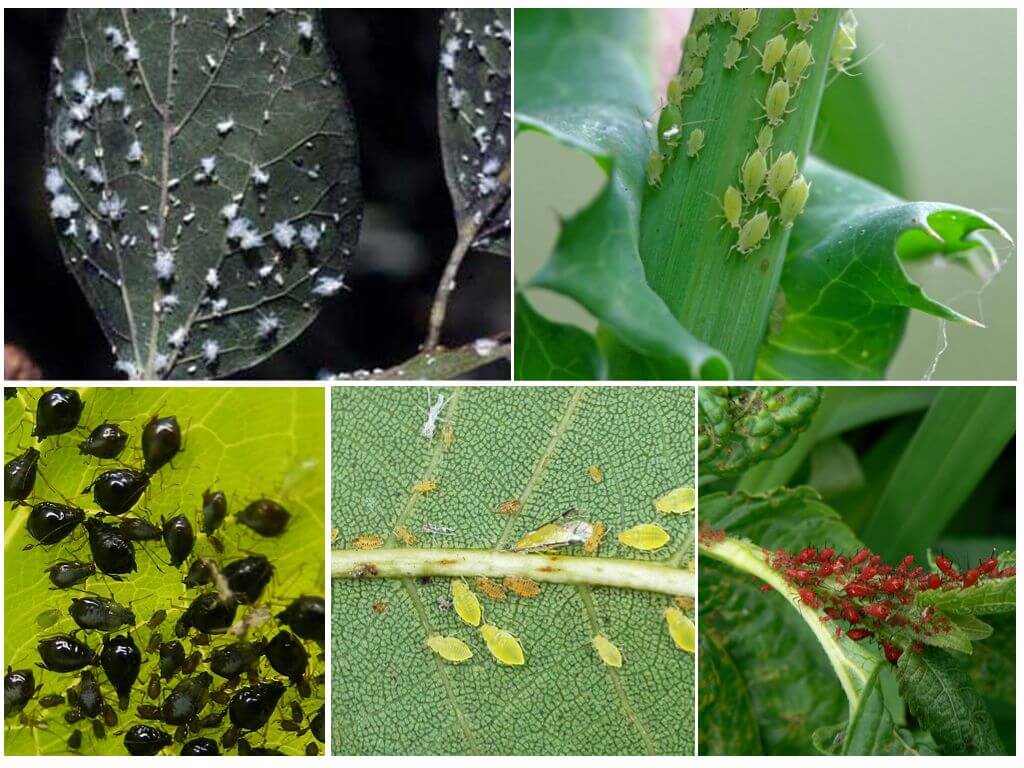
Understand what kind of species captured the home flower, it makes little sense. All insects are called aphids, identical methods are used, methods of control. But many are interested in where the pests come from.
House entry methods
Aphids are an extremely small insect. In most of the warm season, females are born who do not need to look for a male to continue offspring. The penetration of only one pest with a body length of up to 2 mm on the windowsill is fraught with infection of all indoor flowers in a month.
Where does aphid come from:
- penetrates the house with soil when transplanting plants;
- together with cut flowers in the flower bed;
- with clothes, shoes;
- when ventilating the room, temporarily finding flowers on the balcony, street.
On a note!
The most favorable conditions for the reproduction of small parasites are high temperature, dry soil.
Chemicals against aphids
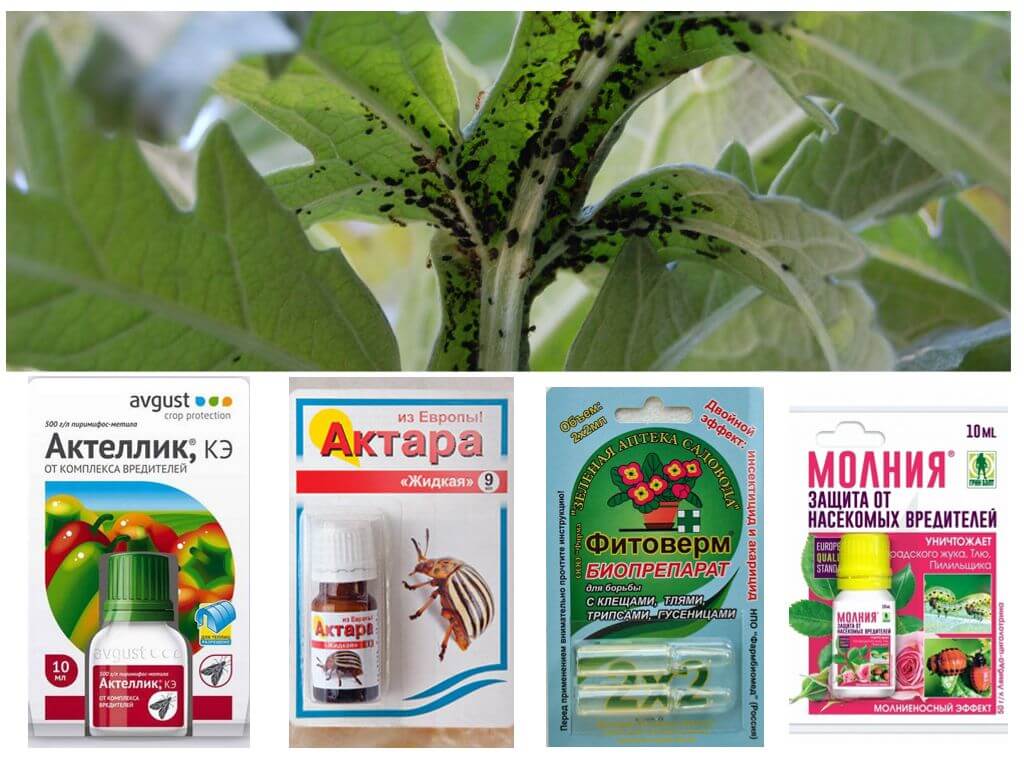
You can get rid of aphids on indoor flowers at home with the help of professional biological products, insecticides. Popular are:
Fitoverm
Biological product Fitoverm based on the vital products of bacteria, fungi, and other microorganisms. The drug is absolutely safe for humans, does not require processing in the fresh air. Not phytotoxic.
Before use, it is necessary to prepare a solution. In 200 ml of water at room temperature, 2 ml of the drug is dissolved. If there are a lot of flowers, the solution from aphids is prepared for 500 ml, the entire ampoule is used. Pour into a bottle with a spray.
It is necessary to spray the plant carefully, paying particular attention to the stems, the lower part of the leaves. After 5 days, the procedure should be repeated. Mass death of pests is observed 4 days after the first treatment. The second time you should spray the flowers to fix the result.
Aktara
An indispensable tool for indoor plants. Insecticidal drug blocks nerve endings, causes paralysis, death. Penetrates into the body of an insect by contact and through the juice of a treated plant. Aphid death occurs almost instantly.
Actar Facility use if aphids are found in the ground of indoor plants, on the flowers themselves. In the first case, soil cultivation is carried out by irrigation, in the second, spraying the green parts of plants is practiced. Protective properties remain on the leaves for 20 days, soil - 2 months.
A solution for processing home ornamental plants is prepared at the rate of 8 g for each liter of liquid. Reprocessing should be done after 2 weeks. During the procedure, the flowers are taken out onto the balcony, the street.
Actellic
To process indoor flowers can be another effective tool - Actellik. A powerful drug allows you to remove aphids from the ground, plants in 1 treatment. It begins to act already during spraying.
When working with the drug, it is necessary to use rubber gloves, a respirator. The procedure is carried out in the fresh air. Recommended for severe damage to plants by any species of aphids.
To remove aphids with chemicals is not difficult. It is necessary to strictly observe the dosage, adhere to the processing rules. However, you can still defeat the pest with safe, harmless means of self-preparation.
Folk recipes
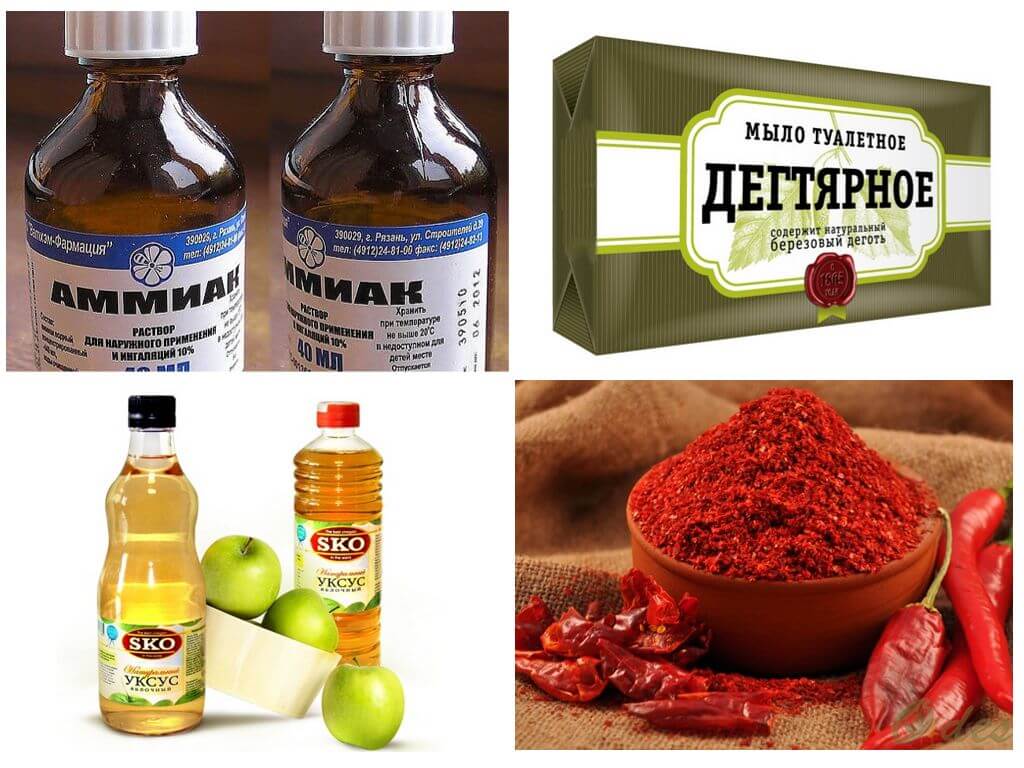
If a cobweb and white aphid appeared on the flowers, you can quickly prepare an effective tool with your own hands:
- Ammonia. Dilute 5 ml of ammonia in 1 liter of water. Stir, add a little laundry soap. Spray the plant. Flower aphids do not tolerate this smell, and for a sick plant there will be fertilizing.
- Red pepper. 30 g of spices pour 250 ml of boiled water. Insist a day, boil for half an hour, cool, add soap.
- Vinegar. You can fight aphids with table vinegar. For 1 liter of water you will need 20 ml of the product.
- Sodasalt. Destroy aphids instantly obtained from a mixture of baking soda with salt. 1 liter of water will require 1 tbsp. spoon means. Stir well, begin to spray.
- Tar soap. If aphid has appeared, it has substantially damaged the plant, they buy tar soap. The drug destroys pests, heals "wounds".Prevents the development of diseases, increases the protective functions of a houseplant. For 1 liter of warm water you will need 10 g of tar soap.
- Cinnamon. If at home there is this spice, the problem with aphids is solved very quickly. Green aphid is especially afraid of the persistent smell of cinnamon. 1 teaspoon of cinnamon is diluted in 1 liter of water. Dosage does not play a special role. It is necessary to process twice with a frequency of 3 days.
- Ash. Aphid on viola really does not like this remedy. In 1000 ml of liquid add 20 g of ash. Mix thoroughly, combine with a soap base.
There are also tools based on the following components:
- milk and iodine;
- Coca Cola;
- garlic;
- celandine;
- ash;
- mustard;
- vodka;
- Green soap;
- Birch tar;
- tobacco;
- boric acid.
On a note!
Remedies for aphids at home can not do without a soap base. Soap helps to remain active components on the leaves, creates a protective film on the surface. It is better if the drug is natural. Laundry soap in bars is pre-rubbed on a coarse grater, dissolved in warm water.
Folk remedies defeat aphids, help indoor plants cope from the effects of wrecking. There are a lot of recipes for gardeners, flower lovers. Aphids repel pungent odors. But it is necessary to take into account the fact that the plant will be in the room, all of this will have to breathe. Such a folk remedy as kerosene is better left for other cases.
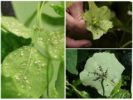
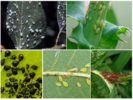
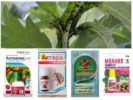

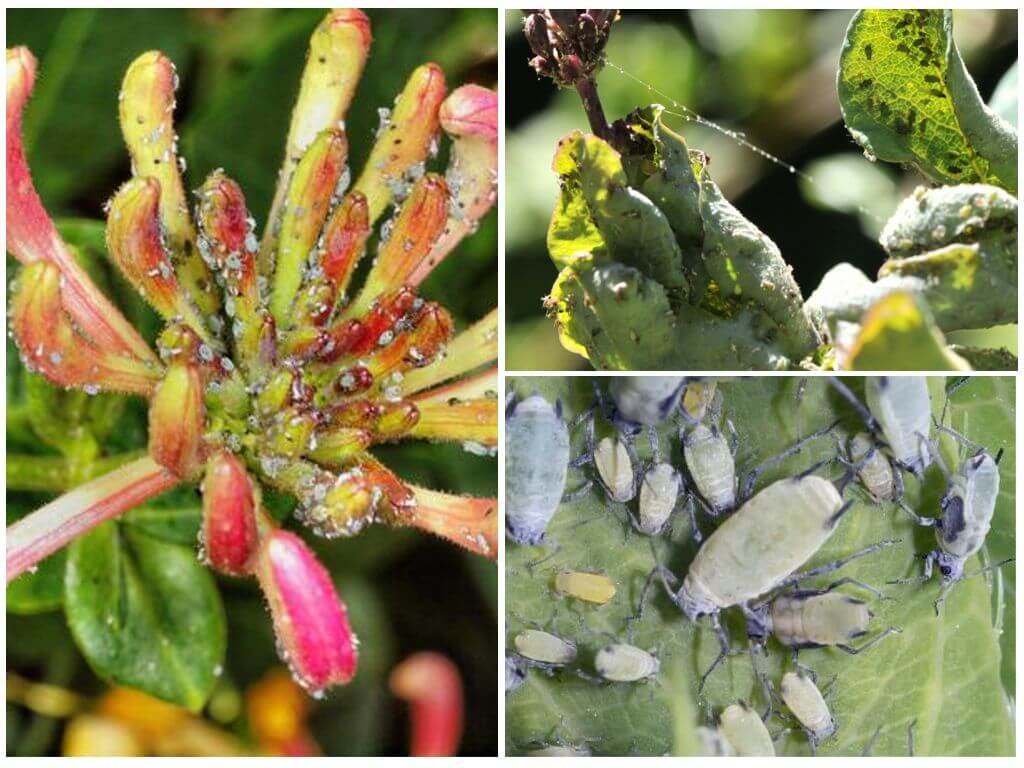
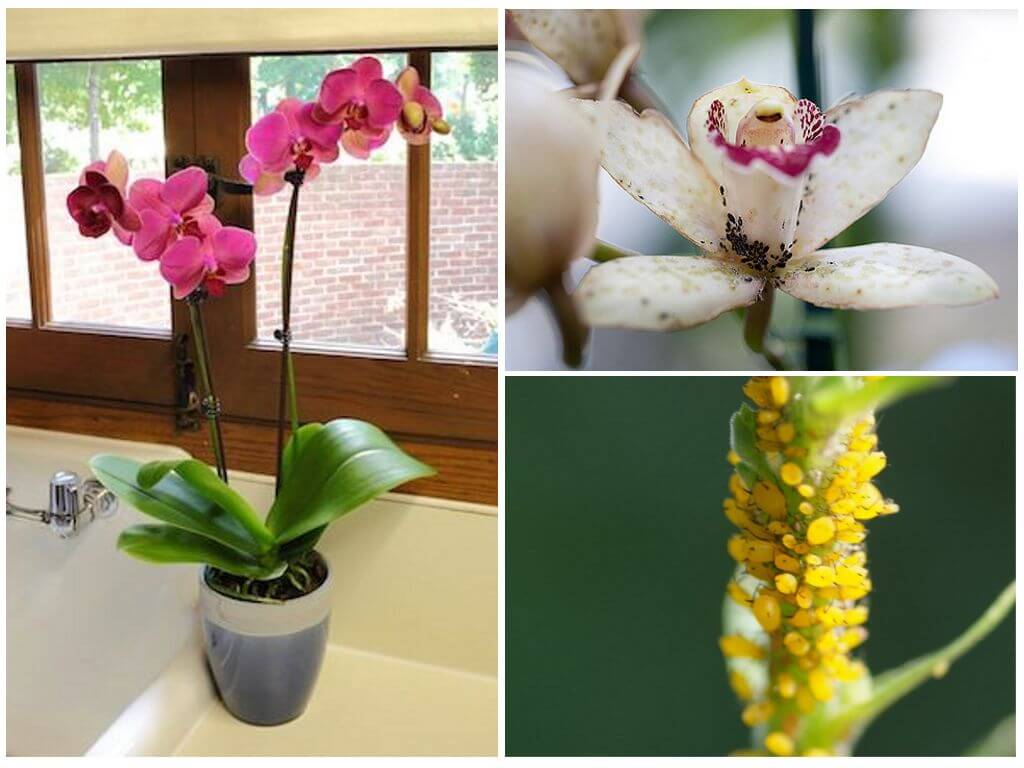
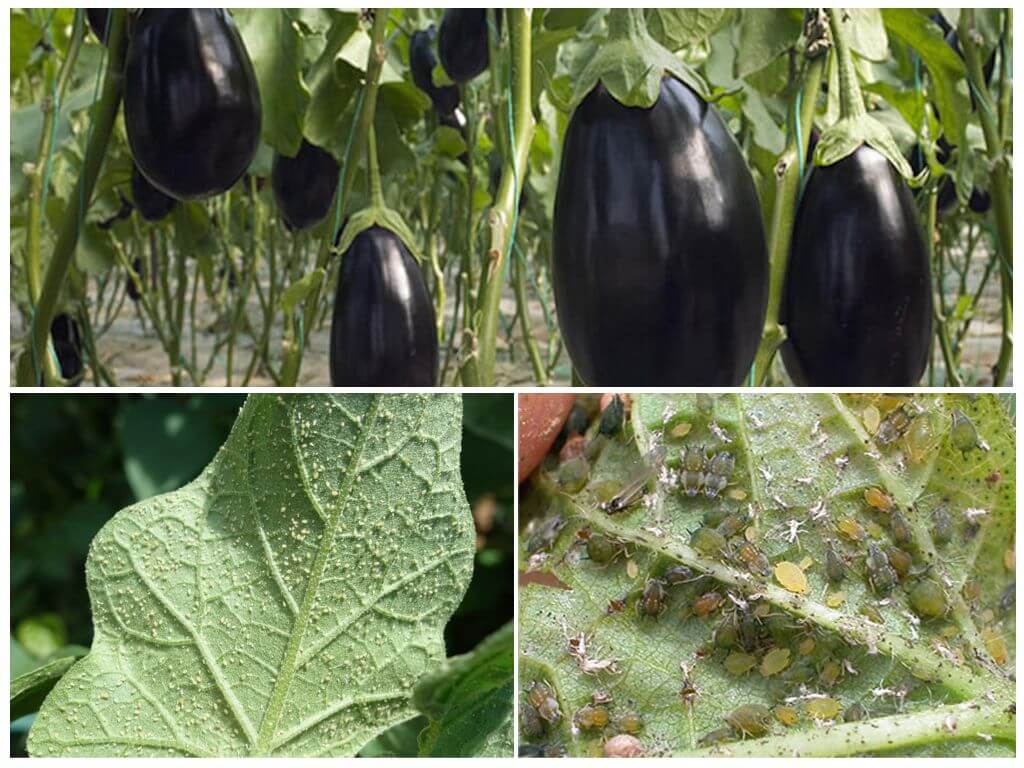
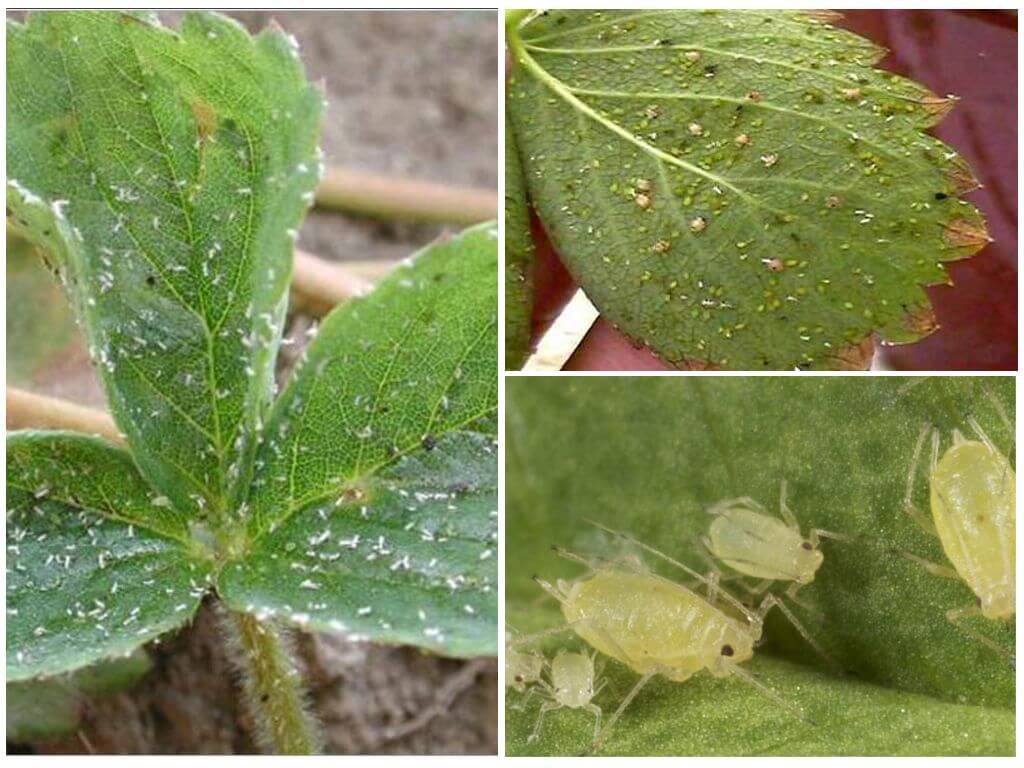
When she found aphids on a rose, she was horrified. Everything happened somehow imperceptibly in the summer. She stood on my loggia, always opening a window to ventilate. So the parasites climbed. Without thinking twice, she blurted out a mixture of pepper, salt, soda, laundry soap, cinnamon. Everything in the house was suitable. Processed with great care. After 3 days she repeated. That's all.
Dilute vinegar in water, periodically spray plants. I had to save flowers once, now I'm afraid of repetition.
I used Aktaru. There was no time for experiments with folk remedies. Although I immediately sprayed the flowers with soapy water, then I ran to the store for the drug.
If there are a lot of aphids, you can Actellik and Aktar. in other cases, it lends itself well to folk remedies. It’s not on the open ground that at any moment the infection will occur again, it is necessary to protect for a whole month.
Yes, I agree with Xenia. Soda, soap, ammonia - everything helps. If ash is added to a pot of earth - the best prevention and protection.